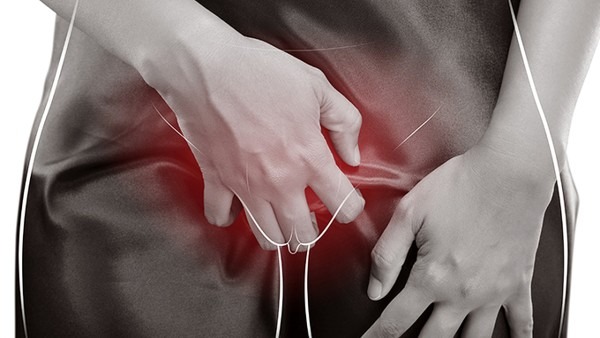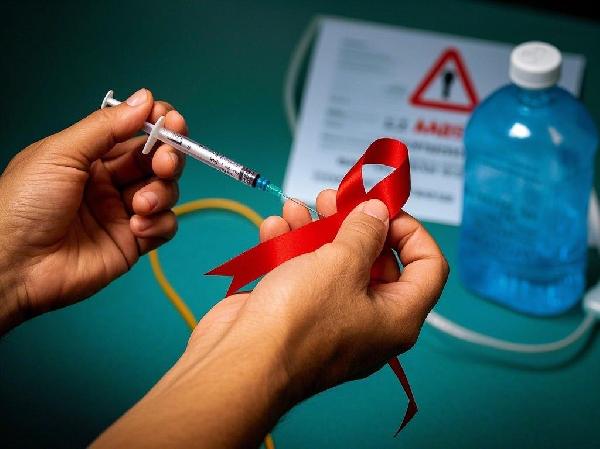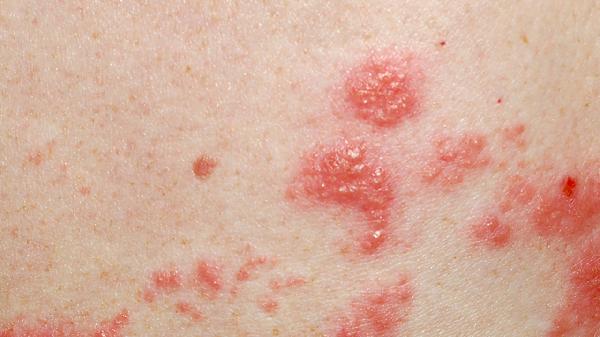Warts are skin surface growths caused by a virus, first mentioned in the "Inner Canon of Medicine." They are commonly seen in children and young adults, with an incubation period of 1 to 3 months, and can spread autonomously. The virus resides in the spinous layer of cells, promoting cell proliferation and forming wart-like lesions. Common types include common warts, flat warts, molluscum contagiosum, and condyloma acuminatum. In traditional Chinese medicine, they are referred to as "wart eyes," "rat nipples," "dried tendon arrows," "thousand-day sores," "scab sores," "regret sores," or colloquially as "hóuzi" or "hard-headed flesh." So, what are the causes of warts?

Infection (35%):
Modern medicine views warts as viral skin diseases. Common warts, flat warts, and condyloma acuminatum are all caused by the papillomavirus, exhibiting pathological changes such as epidermal hyperkeratosis, acanthosis, and elongation of dermal papillae. Molluscum contagiosum is caused by the molluscum contagiosum virus (a poxvirus), characterized by the presence of molluscum bodies and degenerative changes within epidermal cells.
Compromised Immune Function (35%):
Warts are caused by human papillomavirus (HPV) infection, which can spread through direct or indirect contact. Trauma or skin damage is also a significant factor in HPV infection. The course of warts is closely related to the body's immune system. The mechanism by which warts persist for a long time in relatively healthy individuals is still unclear, possibly related to localized or systemic immune dysfunction or immune tolerance.
Deficiency of Yin and Blood (25%):
Traditional Chinese medicine attributes this condition to a deficiency of yin and blood, leading to poor nourishment of the liver, disharmony of qi and blood, and dryness due to blood exhaustion. This results in the outward manifestation of tendon qi on the skin, or the invasion of wind and toxic pathogens, which block the meridians and accumulate in the skin.
Various practitioners, based on their treatment experiences, have preliminarily explored the etiology and pathogenesis of this condition. However, these explanations are relatively general and simplistic, and consensus has not been reached. Taken together, the factors include wind, fire, stasis, deficiency, and dampness. These factors are interconnected and hard to separate individually.
Wind-Heat: Individuals with insufficient essence and blood in the liver and kidneys, who are further affected by wind-heat toxic pathogens, experience wind-heat and blood dryness accumulating within the skin. Alternatively, sweating in the wind can lead to disharmony between the nutritive and protective qi, and the combination of lung and stomach heat manifesting on the skin surface.
Blood Stasis: Emotional distress and aggressive stirring of liver fire can lead to blood heat and stasis accumulating in the skin, resulting in wart-like growths.
Dampness Stagnation: Prolonged treatment failure depletes the spleen and stomach qi. Spleen deficiency leads to internal dampness, which is sticky and stagnant, further causing the condition to linger and become difficult to cure.
























